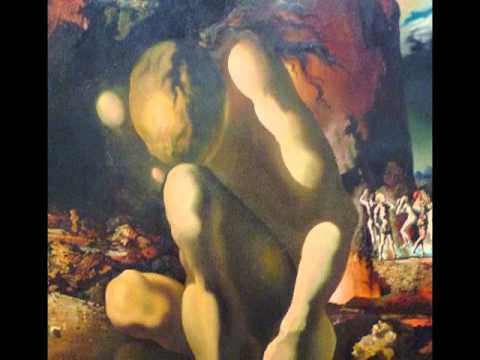13.23: Dali, Metamorphosis of Narcissus
- Page ID
- 52662
Dr. Beth Harris and Dr. Steven Zucker provide a description, historical perspective, and analysis of Salvador Dalí’s Metamorphosis of Narcissus.
Salvador Dalí, Metamorphosis of Narcissus, 1937, oil on canvas, 51.1 × 78.1 cm (Tate Modern, London).
The ancient source of this subject is Ovid’s Metamorphosis (Book 3, lines 339–507), which tells of Narcissus who upon seeing his own image reflected in a pool so falls in love that he could not look away, eventually he vanishes and in his place is a “sweet flower, gold and white, the white around the gold.”
Dalí’s poem, below, accompanied the painting when it was initially exhibited:
Narcissus,
in his immobility,
absorbed by his reflection with the digestive slowness of carnivorous plants,
becomes invisible.
There remains of him only the hallucinatingly white oval of his head,
his head again more tender,
his head, chrysalis of hidden biological designs,
his head held up by the tips of the water’s fingers,
at the tips of the fingers
of the insensate hand,
of the terrible hand,
of the mortal hand
of his own reflection.
When that head slits
when that head splits
when that head bursts,
it will be the flower,
the new Narcissus,
Gala—my Narcissus
Contributors
- Dali, Metamorphosis of Narcissus. Authored by: Dr. Beth Harris and Dr. Steven Zucker. Provided by: Khan Academy. Located at: www.khanacademy.org/humanities/art-1010/art-between-wars/surrealism1/v/dal-metamorphosis-of-narcissus-1937. License: CC BY-NC-SA: Attribution-NonCommercial-ShareAlike


